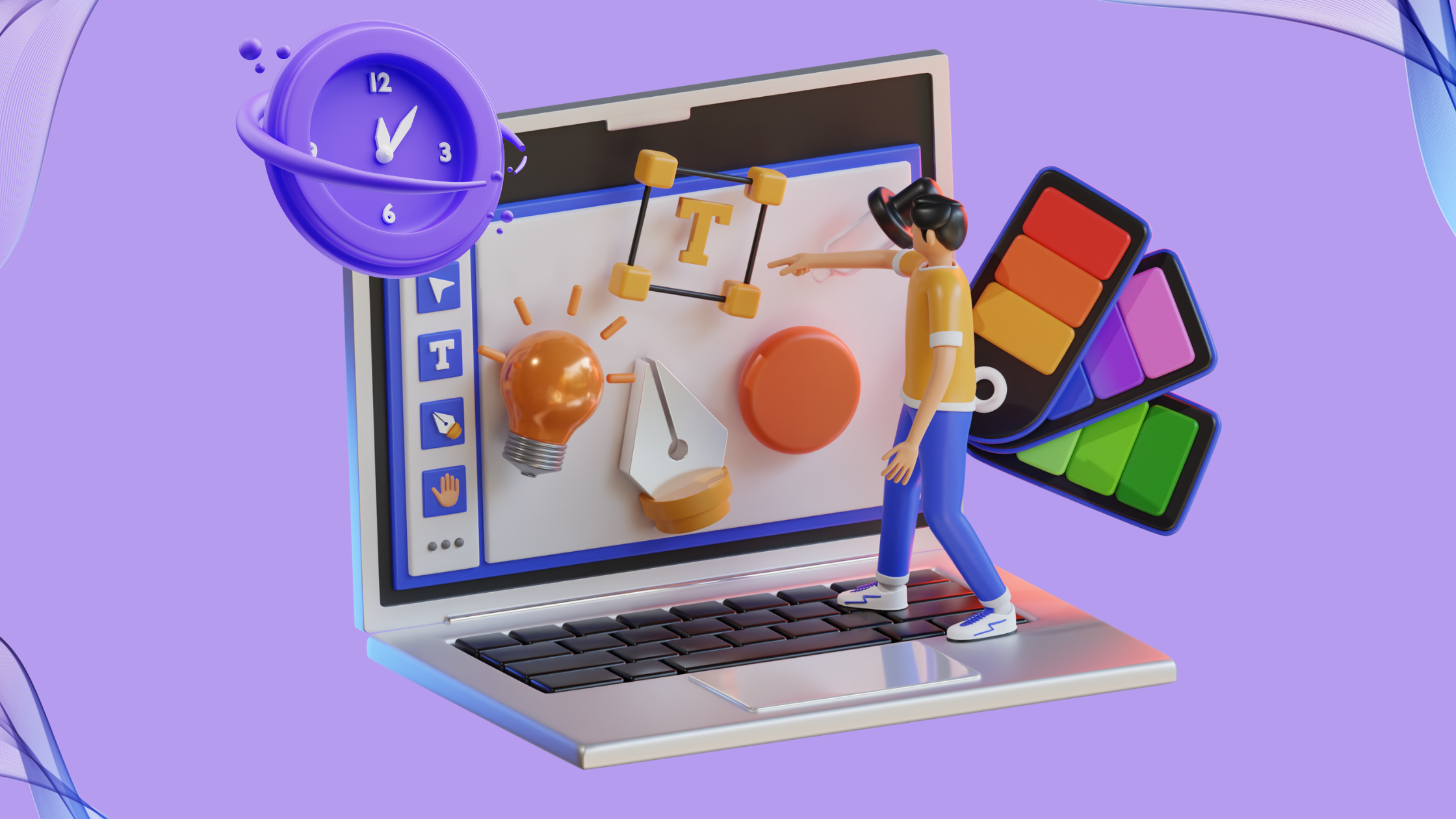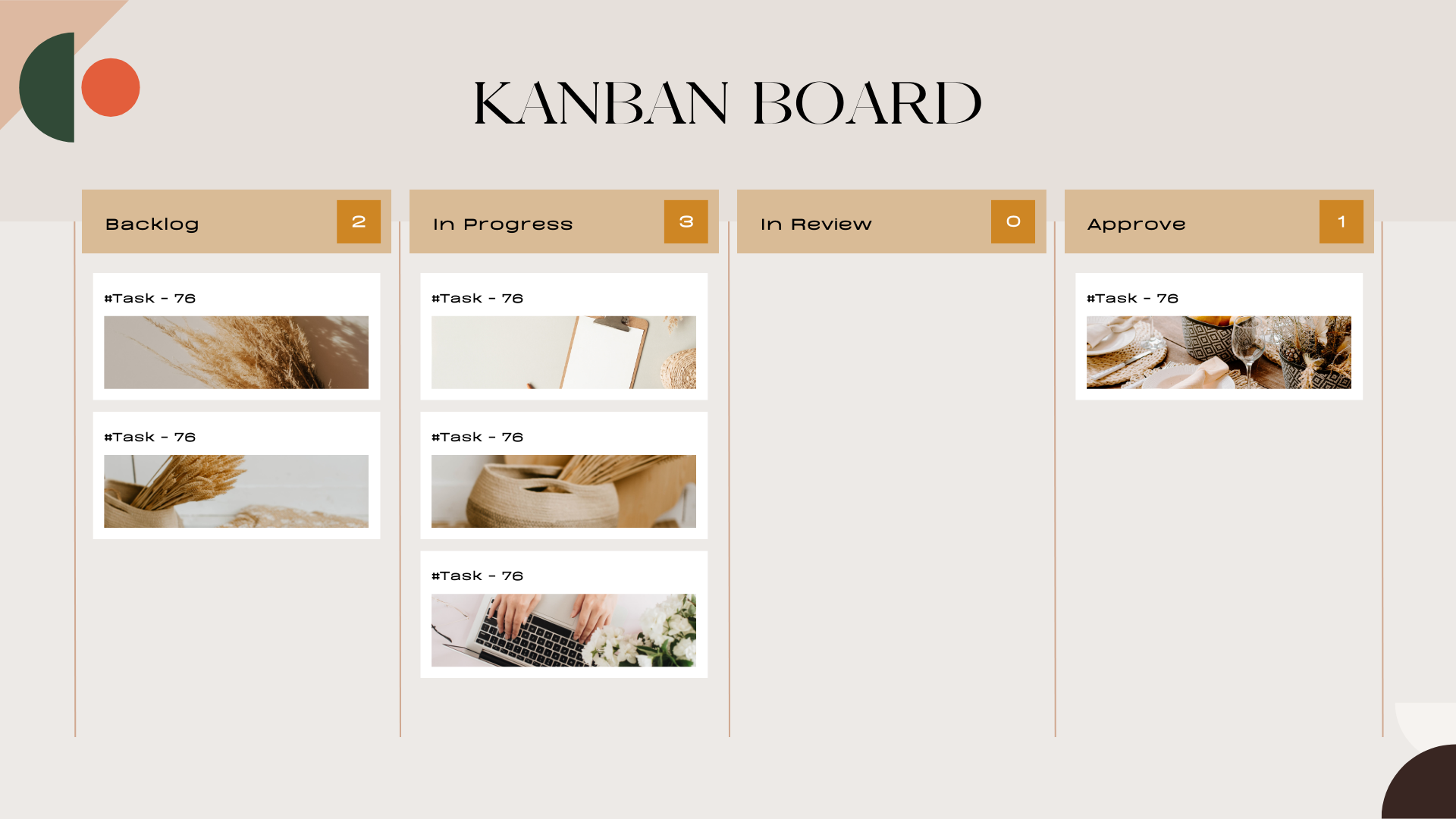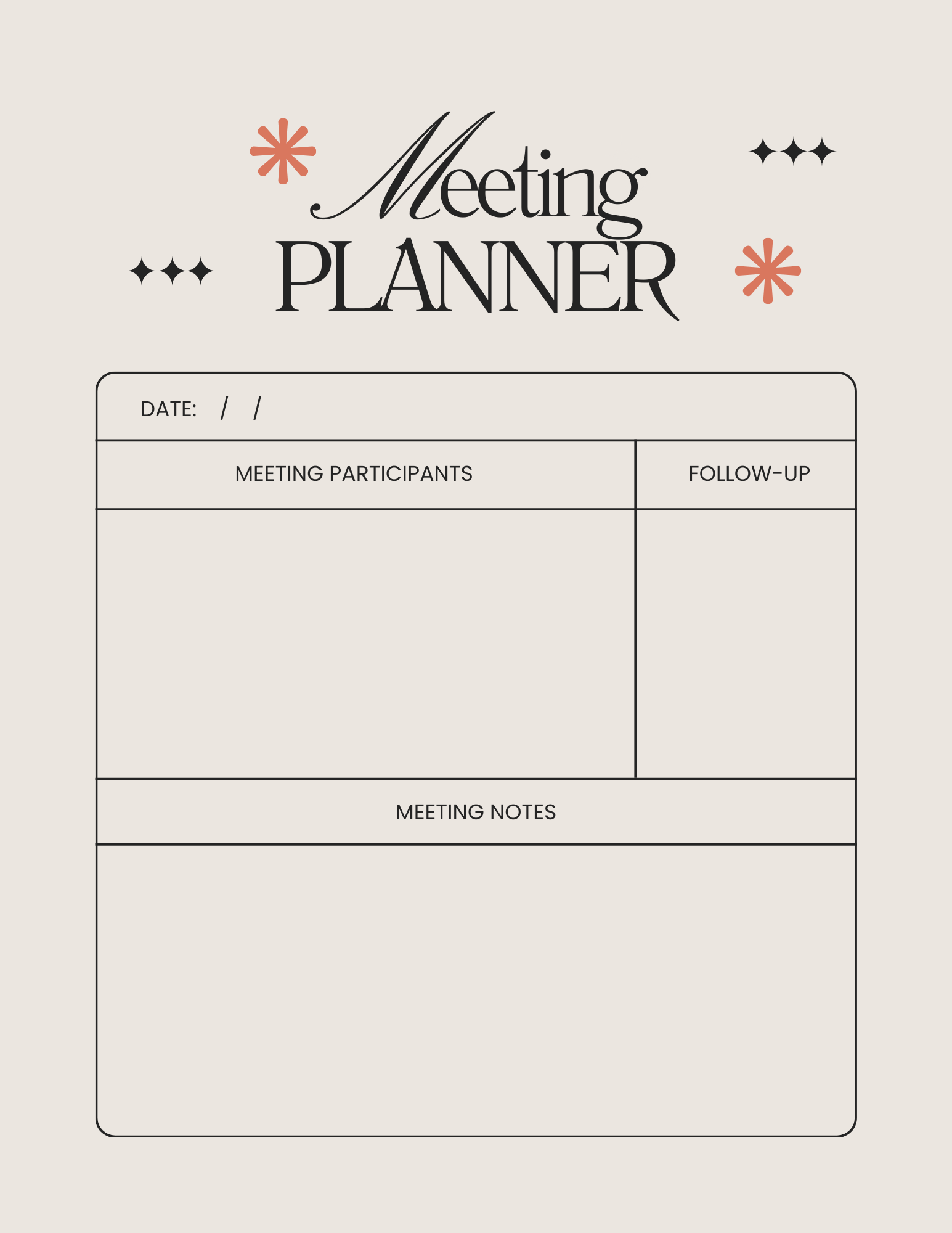The Full Guide to Graphic Designer Time Management
Effective time management is crucial for graphic designers to meet deadlines and stay productive. This comprehensive guide provides tips and strategies to help graphic designers improve their time management skills and achieve optimal efficiency in their work.

Within the crucible of a deadline, designers forge timeless solutions, shaping experiences that outlast the ticking clock.
I cannot make my days longer, so I strive to make them better. –
Henry David Thoreau
To truly harness the fleeting whispers of inspiration and mold them into tangible, deadline-defying beauty, designers must become masters of time itself. This is where strategic time management comes in.
Designing with Time in Mind
Managing time for designers is like walking a tightrope – it requires a delicate balance between short-term and long-term goals.
- Designers often have to work on multiple projects at the same time. Moreover, designers often have to work under tight time constraints implying careful planning and smart goal-setting.
- Designers often have to work with clients and stakeholders to get feedback and approvals. This can add to the complexity of managing time, as designers need to be able to accommodate the needs of others while still meeting their own deadlines.
- Designers need to be able to stay focused and productive, especially when they are working on complex or challenging projects. Otherwise, there is a risk of getting bogged down in the details.
- Also, the design industry is constantly evolving, and staying up-to-date with trends and technologies requires a continuous investment of time.
According to research:
...time management can have a positive effect on creativity and project outcomes if done “right”.
Designers do recognize the significance of time and understand its various aspects, considering it simultaneously as a valuable resource, a means to create and execute ideas, and a limiting factor that shapes their work.
Time Management Tip #1: Map Out Your Design Process Stages
Map out the stages of the design process and plan your time for each stage
- Outline all the different stages involved in a typical design project (e.g., conceptualizing, sketching, refining, presenting).
- Break down each stage into smaller tasks or subtasks so you can better understand how much time you need for each one.
- Develop a timeline or Gantt chart showing when each task should be completed based on deadlines set by clients or stakeholders.
- Use this as a guide throughout the entire design process to ensure you stay on track and meet your goals.

Mapping out helps prevent procrastination and ensures designers complete projects efficiently without sacrificing quality.
Time Management Tip #2: Set Clear Expectations Early On
Communicate with clients early and regularly to manage expectations and avoid scope creep
Lose no time and pick up on the time cues around the task you are to perform.
- Establish open lines of communication with clients from the beginning of the project to establish trust and build rapport.
- Have regular check-ins with clients to discuss progress, address any concerns they may have, and get feedback on your work.
- Be transparent about your availability and capacity to take on new projects or requests outside of the agreed-upon scope.
- Regularly update clients on changes to the schedule or budget if necessary due to unforeseen circumstances.
- Use a reliable time tracking system to keep records of communication with clients and accurate logs of time consumption.
By conveying details of the project progress to clients, you can effectively manage their expectations and avoid delays or added costs.
Time Management Tip #3: Organize Project Files and Notes Effectively

Keep organized project files and notes for easy reference
- Develop a consistent filing system for organizing project files and notes that makes sense for your workflow.
- Label everything clearly and consistently using descriptive file names and folder structures.
- Back up important files regularly to protect against data loss or corruption.
- Utilize cloud storage solutions like Google Drive or Dropbox to make files accessible across multiple devices and collaborate easily with team members.
- Take advantage of built-in search functions within cloud storage services to quickly find specific documents or information.
- Implement version control systems to keep track of revisions and maintain a history of changes made over time.
Following these simple steps also helps reduce clutter and confusion caused by disorganized digital assets, which can save valuable time and improve overall efficiency.
Time Management Tip #4: Leverage Design Sprints

Use design sprints to get rapid feedback and make iterations efficiently
- Plan ahead and allocate enough time for a design sprint session where you can gather feedback from colleagues or clients.
- Define clear objectives for the sprint session and communicate them to participants beforehand.
- Encourage active participation from attendees during the sprint session through facilitated activities such as brainstorming exercises or design critiques.
- Document key insights and actionable items discussed during the sprint session and assign follow-up tasks to team members as appropriate.
- Review and incorporate feedback received during the sprint session into subsequent designs or prototypes.
Using design sprints to get rapid feedback and iterate efficiently helps streamline the design process and minimizes wasted effort.
By focusing on specific aspects of a project during designated timeslots, you can gain valuable input from others and make informed decisions about the next steps.
Time Management Tip #5: Automate Repetitive Tasks Using Design Tools
Take advantage of design tools that automate repetitive tasks
Research available design tools that offer features for automation, such as Adobe XD, Figma, Sketch, etc.
- Familiarize yourself with these tools and learn how to use their automation capabilities effectively.
- Identify common tasks that are repeated frequently in your design workflow and consider ways to automate those processes.
- Test out various automation scripts or shortcuts within the tool to see which ones best suit your needs. Create templates for common tasks to save time
- Refine and optimize your automated workflows over time to increase efficiency and accuracy.
Automating repetitive tasks using design tools saves significant amounts of time and increases productivity.
What Tools Do Designers Use?
By leveraging the power of technology we list below, you can focus on more critical aspects of the design process while letting software handle mundane or tedious tasks.
Adobe Creative Cloud is the ultimate suite of apps for graphic design, image manipulation, and layout creation. From Photoshop to Illustrator and InDesign, it gives everything to bring designers' vision to life.
Sketch is the perfect tool for Mac users. It offers seamless vector editing, advanced prototyping, and effortless collaboration features that take designs to the next level.
Figma is a revolutionary design tool that provides professionals with multiple options for straightway collaboration.
Canva is an intuitive online design platform that puts the power of professional design at the fingertips. With countless templates, images, and editing options, designers can produce high-quality visuals without breaking a sweat.
InVision is the ultimate prototyping tool for designers. It delivers crafting captivating mockups and sharing them with ease. Plus, it offers seamless integration with other top design tools to maximize productivity.
Designer Tools Chrome Extension
ColorZilla is a treasure trove for designers. This extension lets you extract colors from any webpage and save them for future reference.
WhatFont is ideal for identifying the font used on any website with just a few clicks. Yes, it's really that easy!
Loom provides screen recording and creates professional-looking videos to share with colleagues or clients. No more lengthy explanations; let the video do the talking!
Muzli is a great tool for instant design inspiration from across the web. Your creative juices will thank you!
Grammarly will never let your typos ruin your reputation. It ensures your writing is error-free, polished, and professional.
Sketchpad allows you to jot down ideas, create wireframes, and brainstorm. The perfect companion for when inspiration strikes!
Page Ruler can measure anything on a webpage with precision. No more eyeballing it - get accurate dimensions every time.
Nimbus Screenshot lets capture full-page screenshots, annotate, save and share. It is a perfect instrument for creating tutorials, documenting bugs, or showcasing your work.
These extensions will elevate your design game and turn your Chrome browser into a powerful design toolkit. Happy designing!
Time Management Tip #6: Choose Wisely Which Meetings You Attend
Be selective about which meetings you attend

- Assess the value of each meeting invitation based on its purpose, agenda, and expected outcome.
- Determine whether attending a particular meeting will directly contribute to your current priorities or goals.
- Consider delegating attendance to someone else when possible to free up your time for other pressing matters.
- Communicate your reasoning behind declining an invite respectfully and suggest alternative methods for sharing information or making decisions.
Being selective about which meetings you attend helps maximize your time working on high-priority tasks. Declining unnecessary invitations also encourages efficient communication practices among team members and promotes effective collaboration.
Time Management Tip #7: Set Boundaries Between Work and Personal Time
Don't work beyond your working hours and make time for self-care and recharge
- Establish regular working hours and stick to them as much as possible.
- Schedule breaks throughout the day to rest, refresh, and refocus your mind.
- Prioritize self-care activities outside of work hours, such as exercise, hobbies, spending time with loved ones, or pursuing personal interests.
- Create a healthy balance between professional responsibilities and personal life to prevent burnout and promote wellbeing.
- Avoid checking work emails or engaging in work-related conversations during non-working hours.
Designing is not only a professional skill but a personal capacity.
Making time for self-care and leisure activities fosters a positive attitude and contributes to long-term success both personally and professionally.
By setting boundaries between work and personal time, you ensure that you have sufficient opportunities to enhance mindfulness for rejuvenation and recharge of your mental batteries.
Bonus: Stay Inspired by GOATs
Discovering the routines of celebrated artists offers a glimpse into the secrets behind their triumphs and imaginative flair.
From the rigid regimen of a prominent artist to the unconventional practices of a famed composer, exploring these habits can spark ideas for designers to optimize their own schedules and improve time management.
Leonardo da Vinci: Curiosity-driven Exploration

As a polymath, he engaged in many disciplines, and his curiosity seemed to know no bounds. His diverse interests required him to juggle numerous projects at once, leading to a unique time management style.
Leonardo worked with various apprentices and collaborators. This indicates a form of delegation and teamwork that might have been part of his time management strategy.
He also practiced a version of the Pomodoro technique, focusing intensely on one task for a short period of time and then taking a break before starting the next task.
Pablo Picasso: Master of Innovation

Pablo Picasso's work was marked by intense periods of creativity, often implying staying late into the night, coupled with a prolific output across different media.
He had an incredible ability to shift between styles and experiment with forms, which led to a varied and vast body of work and determined Picasso's multifaceted approach to time management.
Georgia O'Keeffe: Zero Distraction for Focus

She was a firm believer in the power of solitude for creativity. She often went on long retreats in remote locations to focus on her art without distractions.
When she was in her studio, she avoided all unnecessary noise or interruptions, and she rarely had visitors.
She also valued meditation as a way to focus her mind and prepare for a productive work session.
Caravaggio: Intense Focus and Rapid Execution

He had a very unconventional lifestyle, which was reflected in his approach to time management. He often worked at night, using artificial light and candlelight.
He would paint for long stretches of time without interruption and then sleep during the day. Some scholars believe this unusual approach to his work schedule helped him create his unique and dramatic style of painting.
Van Gogh: Fervent Dedication and Bursts of Creativity

He was known for his turbulent life and emotional temperament, but he also had some very interesting time management habits.
One of them was to always carry a sketchbook and pencil with him, so he could make quick sketches during the day. He believed that these sketches would later help him create more finished paintings.
Do you think that carrying a sketchbook or journal around could help you spark creativity on the go?
The Bottom Line: Successful artists and designers share a common trait – a relentless focus on quality and a strategic approach to managing time. As a designer, adopting these strategies can lead to greater efficiency, creativity, and overall success.

